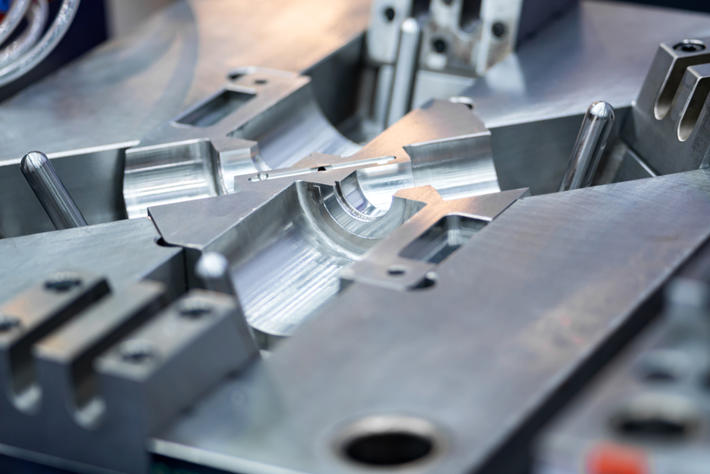Magnesium thixomolding is an innovative manufacturing technique that has gained a lot of attention in recent years due to its numerous advantages. It involves the use of magnesium alloys to produce lightweight, high-strength, and corrosion-resistant parts and components.
Magnesium alloys have been known for their unique properties, such as high strength-to-weight ratio, good thermal conductivity, and excellent machinability. However, traditional manufacturing techniques such as casting and forging have limitations in producing intricate shapes and thin-walled structures. Thixomolding solves these limitations by injecting molten magnesium alloy into a mold under high pressure and high shear rates. This results in a semi-solid slurry that can be shaped into complex geometries with high precision.
The advantages of magnesium thixomolding are numerous. First, it allows for the production of lightweight parts with high strength, making it ideal for use in the automotive and aerospace industries. Second, the semi-solid slurry produced during the process has excellent flow properties, allowing for the production of thin-walled structures with high surface quality. Third, the process is highly efficient and produces less waste compared to traditional manufacturing techniques. Lastly, the corrosion resistance properties of magnesium alloys make them ideal for use in harsh environments.

The automotive industry has been quick to adopt magnesium thixomolding due to its potential to reduce the weight of vehicles while maintaining high strength and durability. Manufacturers have used magnesium thixomolding to produce parts such as steering wheels, dashboard components, and door handles. The aerospace industry has also shown interest in magnesium thixomolding due to its ability to produce lightweight yet strong components for aircraft.
Despite its advantages, magnesium thixomolding has some limitations. One of the main challenges is the high cost of the raw materials, which can be up to five times more expensive than aluminum alloys. Additionally, the process requires high-pressure equipment and specialized molds, which can increase the initial investment cost.
In conclusion, magnesium thixomolding is a promising manufacturing technique that has the potential to revolutionize the way lightweight and durable parts are produced. Its unique properties make it ideal for use in industries such as automotive and aerospace. Despite some limitations, the benefits of magnesium thixomolding outweigh the challenges, and it is expected to become more prevalent in the manufacturing industry.
-

- Die cast magnesium parts laptop housing cover D
-

- Մագնեզիումի համաձուլվածքի ձուլման LED էկրանի շրջանակ
-

- Մագնեզիումի թիքսոմոլդինգի մասեր UAV պատյան
-

- Բարձր ճշգրտության մագնեզիումի թիքսոմոլդինգ բաղադրիչների UAV ծածկույթ
-

- Laptop housing cover C
-

- Մագնեզիումի համաձուլվածքի թիքսոմոլդինգ ձուլման անօդաչու թռչող սարքերի մասեր

 0086-750-5616188
0086-750-5616188 +86 13392089688
+86 13392089688 sales@zhongmei-tech.com
sales@zhongmei-tech.com







